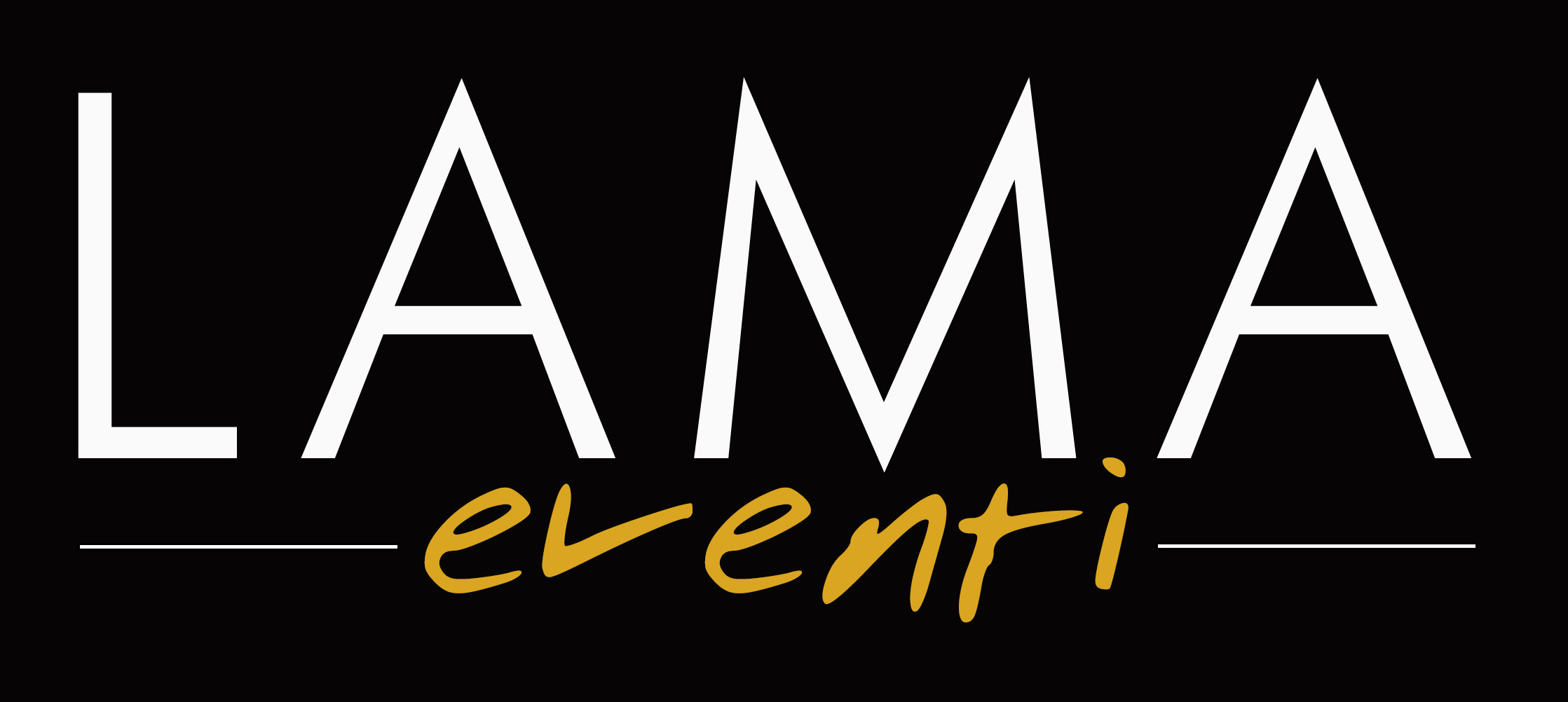
An S&P 500 fund, for example, might pay a dividend yield of 1.77% while some companies within the S&P 500, like Kohl’s, offer dividend yields above 13% (more on yields below). When a company pays a dividend to its shareholders, it’s considered a distribution. The distribution https://www.bookstime.com/ is recorded on the company’s balance sheet, affecting the operating cash flow statement. This fair value is based on their market value after the dividend is declared. A dividend is a payment made to shareholders that is proportional to the number of shares owned.

If it sells off assets, this could adversely affect future earnings because these assets are no longer available to generate revenue for the business. Accounting for dividends starts with determining if the company has sufficient cash on hand to distribute a dividend. The amount of money needed to pay a dividend is called the required payout ratio. Some organizations avoid issuing dividends, on the grounds that they pay taxes on income and then shareholders pay taxes on the dividends received, which is double taxation of the same income. The payment date is the date on which the company pays the dividend to its investors. Once a dividend is paid, the company is worth less, since it has just paid out part of its cash reserves.
Residual Dividend Policy
These techniques rely on anticipated future dividend streams to value shares. Companies may still make dividend payments even when they don’t make suitable profits to maintain their established track record of distributions. There are various types of dividends a company can pay to its shareholders. Below is a list and a brief description of the most common types that shareholders receive.
- Usually, the board of directors approves a company’s dividends that it must pay to its shareholders.
- (1) it returns cash to shareholders
(2) it reduces the number of shares outstanding. - At this point, it’s important to say that companies aren’t obliged to pay dividends and lots of them don’t pay any.
- This account is typically used in Canada and is not recorded in the corporation’s taxable accounting entries or financial statements.
- If the company issues less than 25 percent of the total number of previously outstanding shares, then treat the transaction as a stock dividend.
Dividends are paid to the company’s shareholders in proportion to the number of shares owned. The dividend growth can be assured because it is based on vital factors like return on equity, operating cash flow, and future performance. Regular dividend payments should not be misunderstood as a stellar performance by the fund. A dividend is a reward paid to the shareholders for their investment in a company’s equity, and it usually originates from the company’s net profits. A dividend is the distribution of a company’s earnings to its shareholders and is determined by the company’s board of directors. Dividends are often distributed quarterly and may be paid out as cash or in the form of reinvestment in additional stock.
Definition of Dividends
On an ongoing basis, dividends are usually set at a consistent and predictable level, so that investors will be more willing to hold the stock as a reliable form of income. They typically use the dividend yield measure to calculate the return they are receiving on their investment. When a dividend is later paid to shareholders, debit the Dividends Payable account and credit the Cash account, thereby reducing both cash and the offsetting liability. Dividends are commonly distributed to shareholders quarterly, though some companies may pay dividends semi-annually. Payments can be received as cash or as reinvestment into shares of company stock. Although cash dividends are common, dividends can also be issued as shares of stock.
To be classified as a REIT, 90% of the taxable income these companies earn each year must be paid out in the form of dividends, and 20% of those dividends must be paid as cash. On average, dividend-paying stocks return 1.91% of the amount you invest in the form of dividends, which can provide a higher return than some high-yield savings accounts. Dividend stocks do not offer the same security of principal as savings dividend accounting definition accounts, though. In general, if you own common or preferred stock of a dividend-paying company on its ex-dividend date, you will receive a dividend. Since Retained Earnings is a component of stockholders’ equity, the declaration and payment of a dividend reduces the corporation’s assets and its stockholders’ equity. If it doesn’t have the necessary cash to pay a dividend, it must borrow money or sell off assets.
Understanding Capital Dividend Accounts (CDA)
However, if you’re buying dividend-paying stocks in order to create a regular source of income, you might prefer to get the cash. When a stock dividend is issued, the total value of equity remains the same from both the investor’s perspective and the company’s perspective. Some make annual dividend payments, others are bi-annual, quarterly or even monthly dividend payments. At this point, it’s important to say that companies aren’t obliged to pay dividends and lots of them don’t pay any. As an investor, it’s essential to check this point before you buy any shares.
- Some organizations avoid issuing dividends, on the grounds that they pay taxes on income and then shareholders pay taxes on the dividends received, which is double taxation of the same income.
- Some make annual dividend payments, others are bi-annual, quarterly or even monthly dividend payments.
- Its common stock has a par value of $1 per share and a market price of $5 per share.
- But there are 2 bits of good news here, there’s an annual Dividend Allowance and the rates of income tax payable on dividends are lower than your income tax band.

Lascia un commento